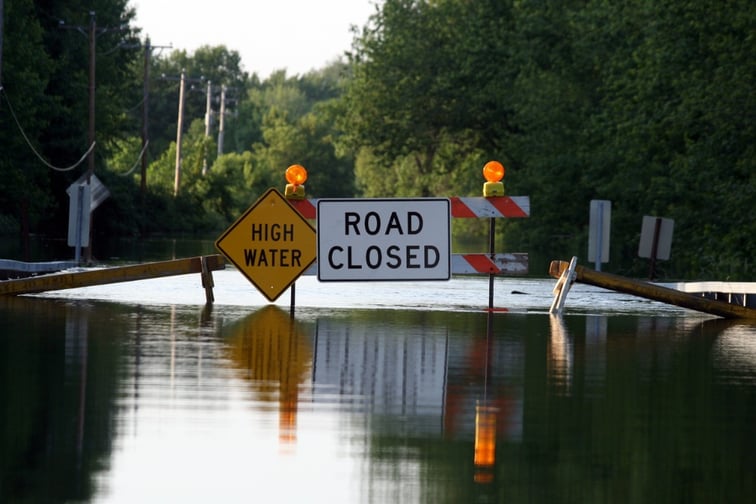

Authorities have issued flood alerts in certain parts of Victoria as heavy rainfall continues to pound the state.
One of the hardest-hit regions is the northeast, where the King River experienced major flooding in the early hours of Thursday. Cheshunt, situated in the Upper King Valley, saw up to 140 millimetres of rain.
According to the Australian Associated Press, the Victoria State Emergency Service (SES) has been informing residents about the developing situation. However, no evacuation orders have been issued yet.
While an emergency alert was initially declared for the region on Thursday morning, it was subsequently downgraded to a watch and act advisory by midday.
This recent flood warning follows on the heels of flash flooding that occurred in Victoria’s western region. On Wednesday, authorities issued a watch and act alert in Halls Gap as it grappled with the aftermath of heavy rainfall.
The Bureau of Meteorology issued a warning earlier this week regarding the likelihood of an El Niño event, which is associated with drier conditions.
In a Tuesday release, the bureau said there is a 70% chance of an El Niño weather pattern developing before the end of the year.
This El Niño alert comes after three back-to-back El Niña events, which have brought higher rainfall and lower temperatures.
“We know from the historical record that bushfire events are more likely during periods of El Niño, whereas floods and cyclones are less likely, but can still happen,” said Tom Morlock, a senior analyst at Aon and adjunct fellow at UNSW’s Climate Change Research Centre. “The concern now is that, with the long absence of El Niño and back-to-back La Niñas, the landscape is preconditioned for bushfire with significant fuel growth occurring.”
Amid these extreme weather events, Australians have been facing skyrocketing premiums that leave them underinsured.
According to the Insurance Council of Australia, the higher premiums are due to insurers having to readjust to the growing frequency of extreme weather.
“Each insurer has their own underwriting [insuring] criteria and will use these criteria to determine the risks underlying individual policies and policy categories,” an ICA spokesperson told The Guardian Australia.
What are your thoughts on this story? Feel free to share your comments below.
